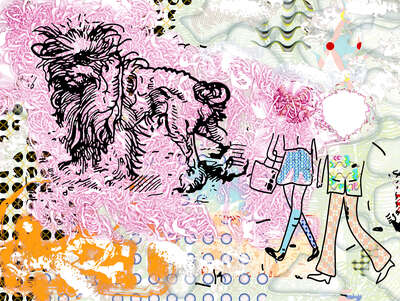

- Exclusive offers
- Inspiring new releases
- Personal invitations to Art Events

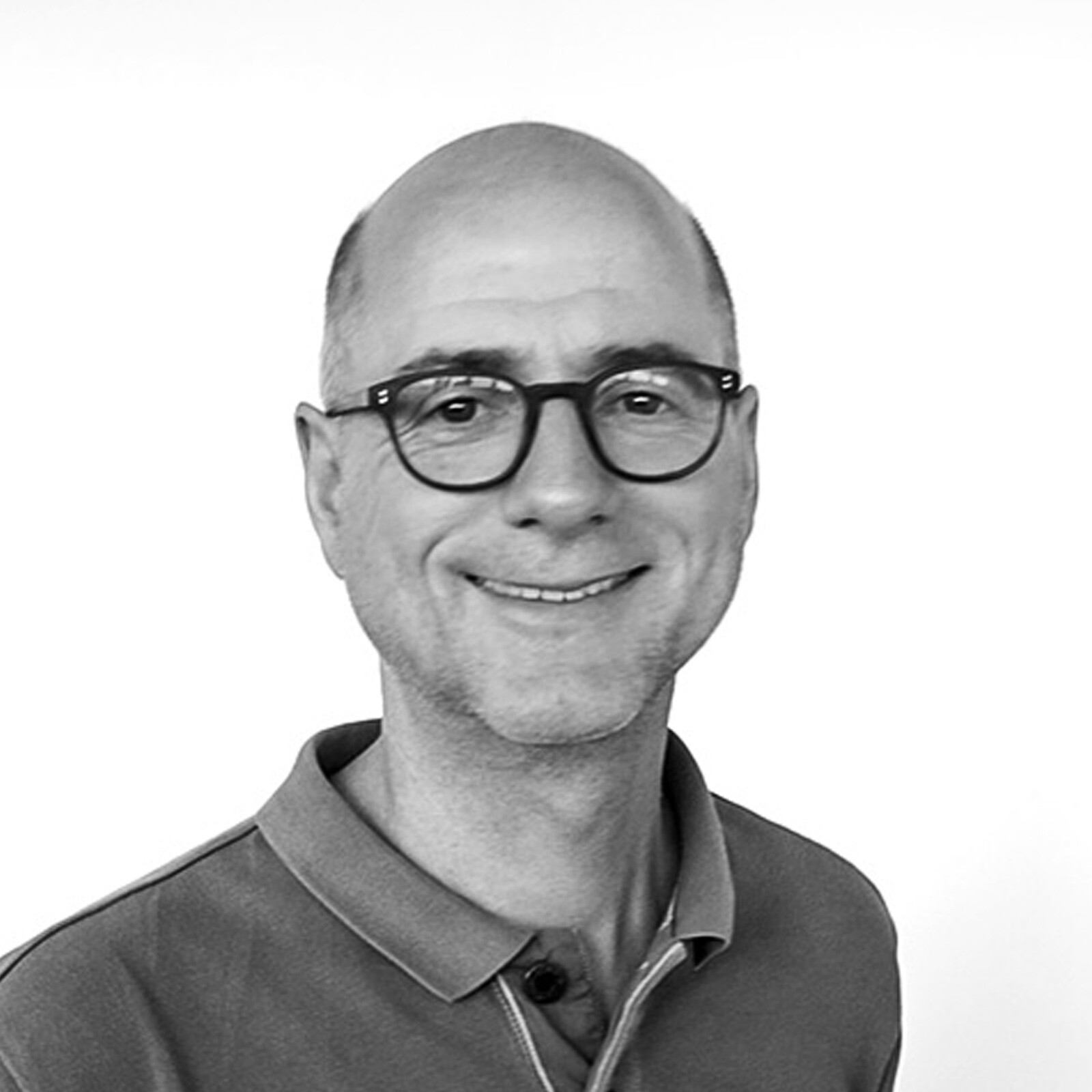
Stefan Saalfeld is fascinated by the synthesis of drawing, painting and generative software art. He combines digital techniques with many years of painting experience to produce a vibrant stream of… Read more
Intro Bio Exhibitions


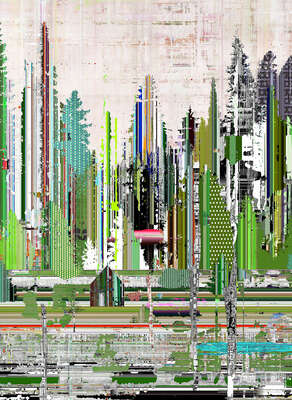

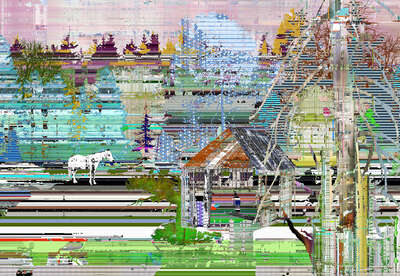

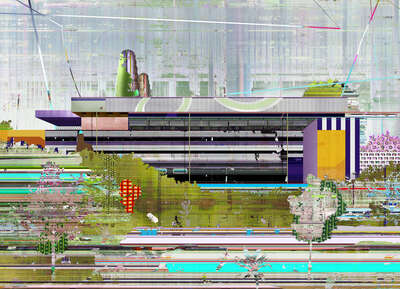

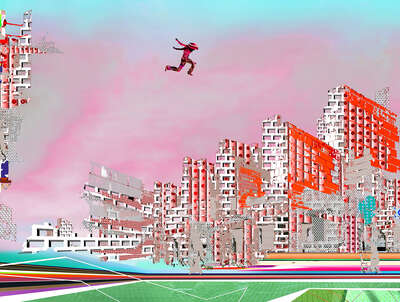

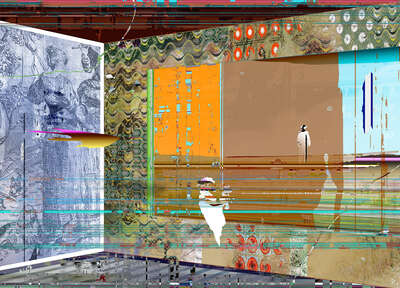

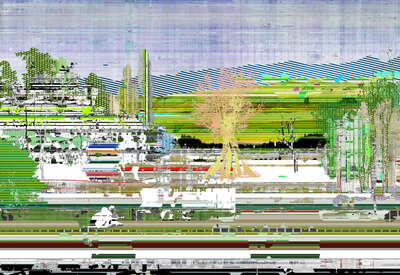

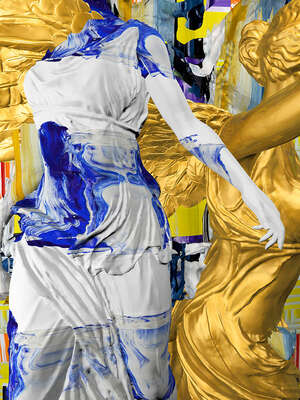

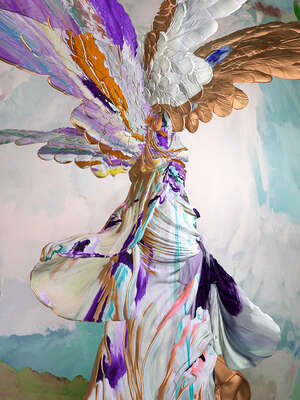

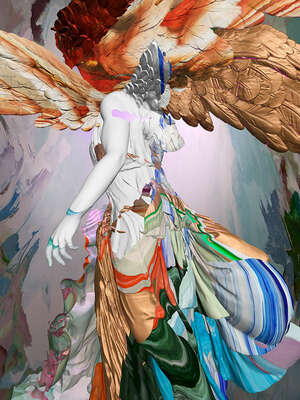

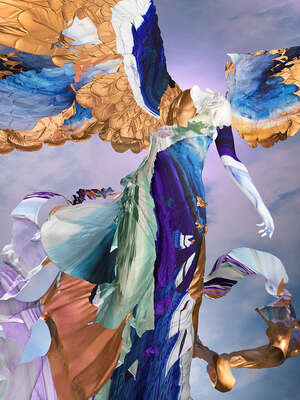

| 1962 | Born in Ingolstadt, Germany |
| 1982-1986 | Apprenticeship in Cabinet making, Munich, Germany |
| 1987-1993 | Studied Interior Design at Akademie der Bildenden Künste, Munich, Germany |
| 1986 | Began painting |
| 1993-1999 | Freelancer in various architecture and design offices in Munich and Berlin, Germany |
| 2005 | Began working with digital art |
| Lives and works in Munich |
Visit LUMAS USA!
Delivery to your country is not possible from this site.
If you would like to place an order, please visit LUMAS USA.